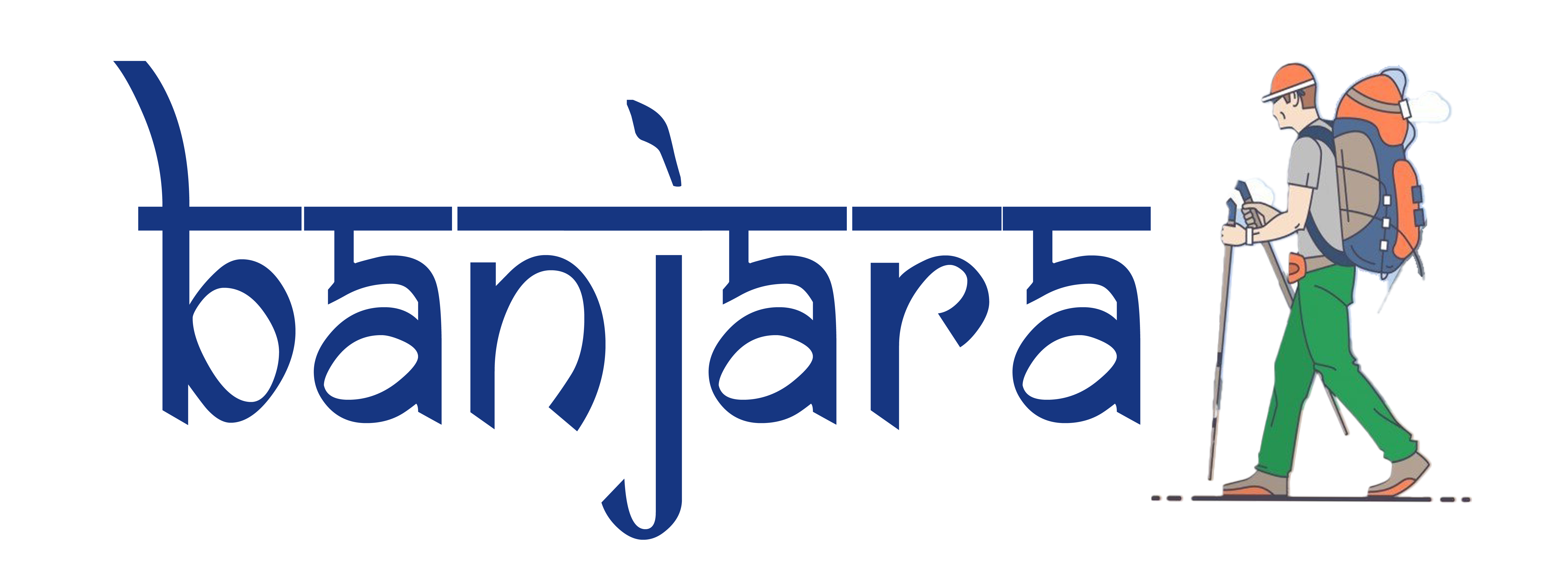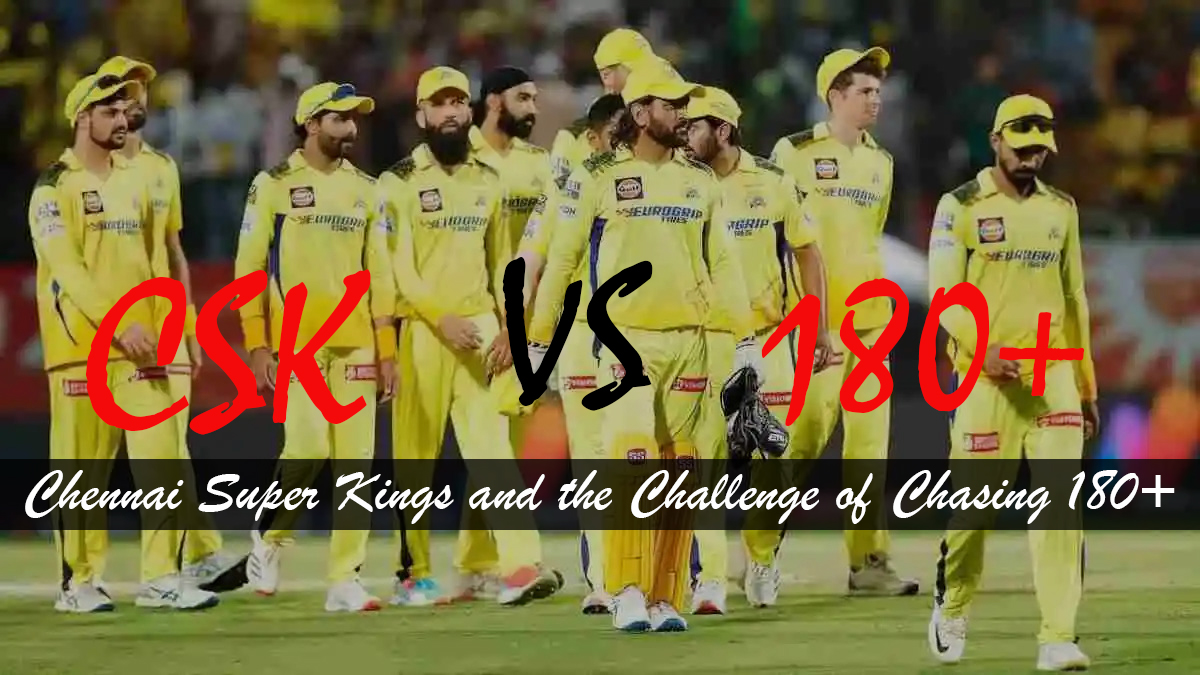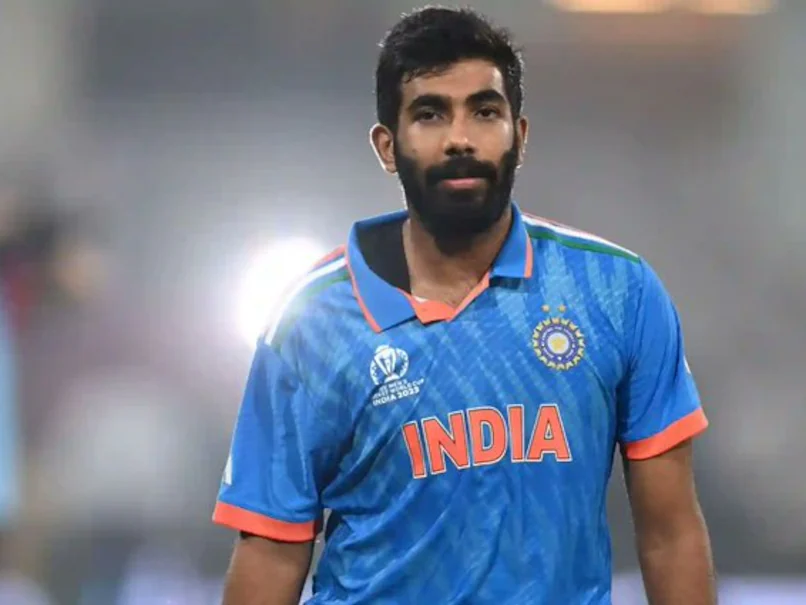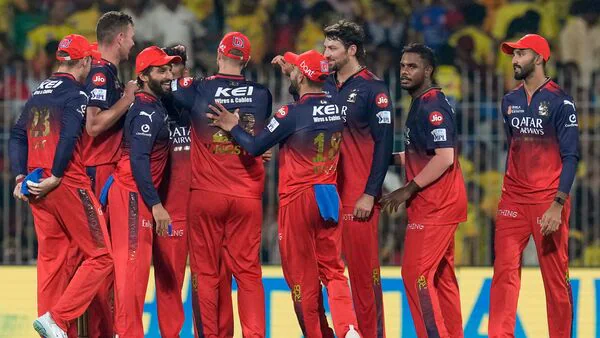Chennai Super Kings (CSK), one of the most successful franchises in the Indian Premier League (IPL), has built a legacy with its strategic gameplay, experienced players, and remarkable consistency. However, when it comes to chasing big totals above 180, CSK has often struggled in recent seasons. While the team has successfully chased such targets on a few occasions, it has also faced multiple failures. But why does CSK find it challenging to chase 180+ scores? Let’s analyze the reasons behind this issue.
1. Lack of Explosive Openers in Recent Seasons
CSK has relied on stable yet slower starts in many matches. While experienced players like Ruturaj Gaikwad and Devon Conway have provided consistency, they are not known for aggressive powerplay hitting like Jos Buttler or Travis Head. This often results in a slower start, increasing pressure on the middle order during high run chases.
2. Dependence on Middle Order and MS Dhoni’s Finishing
For years, CSK’s batting revolved around its strong middle order, with players like Suresh Raina (in earlier seasons), Ambati Rayudu, and now Shivam Dube playing key roles. However, when chasing high totals, the middle order often comes under pressure, especially if the top order fails. CSK has heavily relied on MS Dhoni’s finishing ability, but expecting him to single-handedly chase massive totals at the back end of his career is unrealistic.
3. Strike Rate Issues and Lack of Power Hitters
While CSK has reliable batsmen, the team has sometimes lacked power hitters who can consistently accelerate the run rate. Other teams like Kolkata Knight Riders (KKR) and Mumbai Indians (MI) have explosive finishers like Andre Russell and Tim David, who can turn games quickly. CSK, in contrast, has focused more on stability rather than raw power, making high run chases difficult.
4. Slower Pitches at Chepauk
CSK’s home ground, MA Chidambaram Stadium (Chepauk), is known for its slow pitch, which favors spin bowling and makes chasing high scores challenging. While the team is used to playing on such surfaces, chasing 180+ requires aggressive batting, which can be tough on slower pitches where stroke-making is difficult.
5. Death Over Bowling Pressure on Opponents
When CSK bats second, they often face quality death-over bowlers from opposing teams. Bowlers like Jasprit Bumrah (MI), Rashid Khan (GT), and Kagiso Rabada (PBKS) have troubled CSK in high-scoring chases. These bowlers make it harder to find boundaries in the final overs, increasing the challenge of chasing 180+.
6. Inconsistent Form of Key Players
The performance of key players fluctuates throughout the season. If players like Gaikwad, Dube, or Moeen Ali fail to fire in crucial matches, CSK struggles to maintain the required run rate. Injuries and team changes also affect their consistency in chasing big totals.
7. The Pressure of High Required Run Rate
Chasing 180+ means maintaining a run rate of over 9 runs per over from the start. If CSK loses early wickets, the required run rate keeps increasing, adding pressure on the remaining batsmen. Unlike other aggressive teams that attack from ball one, CSK prefers a calculated approach, which sometimes backfires in big run chases.
Conclusion
While Chennai Super Kings have a well-balanced team and a strong legacy in the IPL, chasing scores above 180 has been a challenge due to their playing style, pitch conditions, and opposition strategies. However, with evolving strategies, smart recruitment, and improved power-hitting options, CSK can overcome this hurdle in future seasons. Until then, their best approach remains winning matches by batting first and setting challenging totals rather than relying on chasing big targets.



